When Bon Bibi comes to life

Jungle Nama, a sound and visual installation featuring artwork by Salman Toor and audio by Ali Sethi, takes visitors through the pages of Amitav Ghosh's graphic verse novel. Published by HarperCollins India in 2021, the book beautifully captures the magnificence of the Sundarbans, together with breathtaking artwork created by Toor.
The installation, which can be found in the Very Small Feeling exhibit, is another take at the retelling of the classic Bengali mythology of Bon Bibi, the protector of the Sundarbans and the forest goddess. The scenography for the project was made by Paris-based multinational architecture, art, and design group Golem. It has been created with the support of Harper Collins India. The installation invites visitors to enter a forest of enormous pages where scenes from the book stand as tall as trees.
Jungle Nama is a verse adaptation of an episode of the Bon Bibi mythology, which is well-known in the rural communities of the Sundarbans and forms the basis of Ghosh's book, The Hungry Tide (2004). This fable was first published in print in the 19th century and was written in the Bangla poem metre known as dwipodi poyar. The full story of the legend, as in Jungle Nama, is told in a free verse style using couplets of 24 syllables that mimic the rhythm of the original.
Shilpakala's public space provides Ghosh and his collaborators' works an opportunity to combine words, music, and visuals to create an immersive experience of a beloved story with vital meaning. During a recent interview, Ghosh asserted how there could be no better way of bringing the different aspects of the work together than in an installation for this exhibition, which celebrates the role of storytelling in society.
The project has been created as a collaborative effort between Toor, an American painter of Pakistani descent and Sethi, a singer, songwriter, and composer. The result is an installation that immerses visitors into the legend of the powerful spirit of Dokkhin Rai, who assumes the form of a tiger; the greedy merchant Dhona; and the poor lad Dukhey, who is saved from Rai by Bon Bibi and with whom forest workers identify when they brave the wilds of the Sundarban. Sethi offers a melodious narration of Ghosh's verses while Toor offers compelling black and white pictures that allude to deep emotion.
The author's allegorical investigation of human avarice, ecological misadventures, and the relationship of a people with the forest and its resources—which, combined, contribute to the current climate change crisis—lies at the heart of this installation. Following the Summit's theme, Bonna, the installation brilliantly explores metaphors that convey the message of how all of this is connected to climate change in retrospect. It also sheds light on how climate has shaped the culture of this region of the subcontinent.
This year, Dhaka Art Summit emphasised on projects and programs that are inspired by myth, folklore, fables, and the potency of oral histories and the power of sharing and retelling stories. The narratives that are ingrained in one's awareness are teased, questioned, and engaged with by participating artists from all across the world. The headline exhibition, 'Very Small Feelings', is a platform co-produced by the Kiran Nadar Museum of Art, New Delhi, and the Samdani Art Foundation. It has been envisioned as a spread wherein rituals, characters, memories, and acts create a forum for talks between generations. The exhibition can be found on the first floor of the Shilpakala premises, and is to end today.
Maisha Islam Monamee is a student of IBA, DU, and a freelance journalist who likes reading, scribbling, and blogging. Follow @monameereads on Instagram.

 For all latest news, follow The Daily Star's Google News channel.
For all latest news, follow The Daily Star's Google News channel. 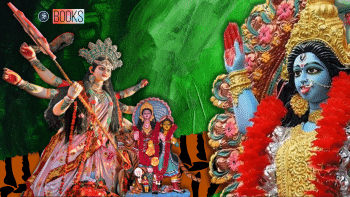

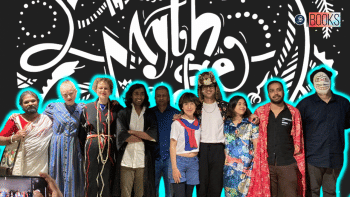




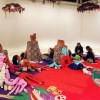
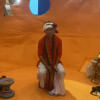


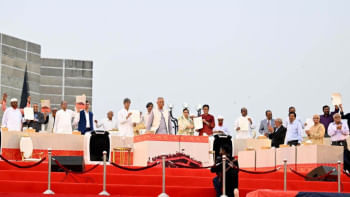
Comments